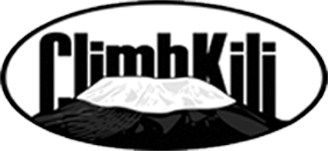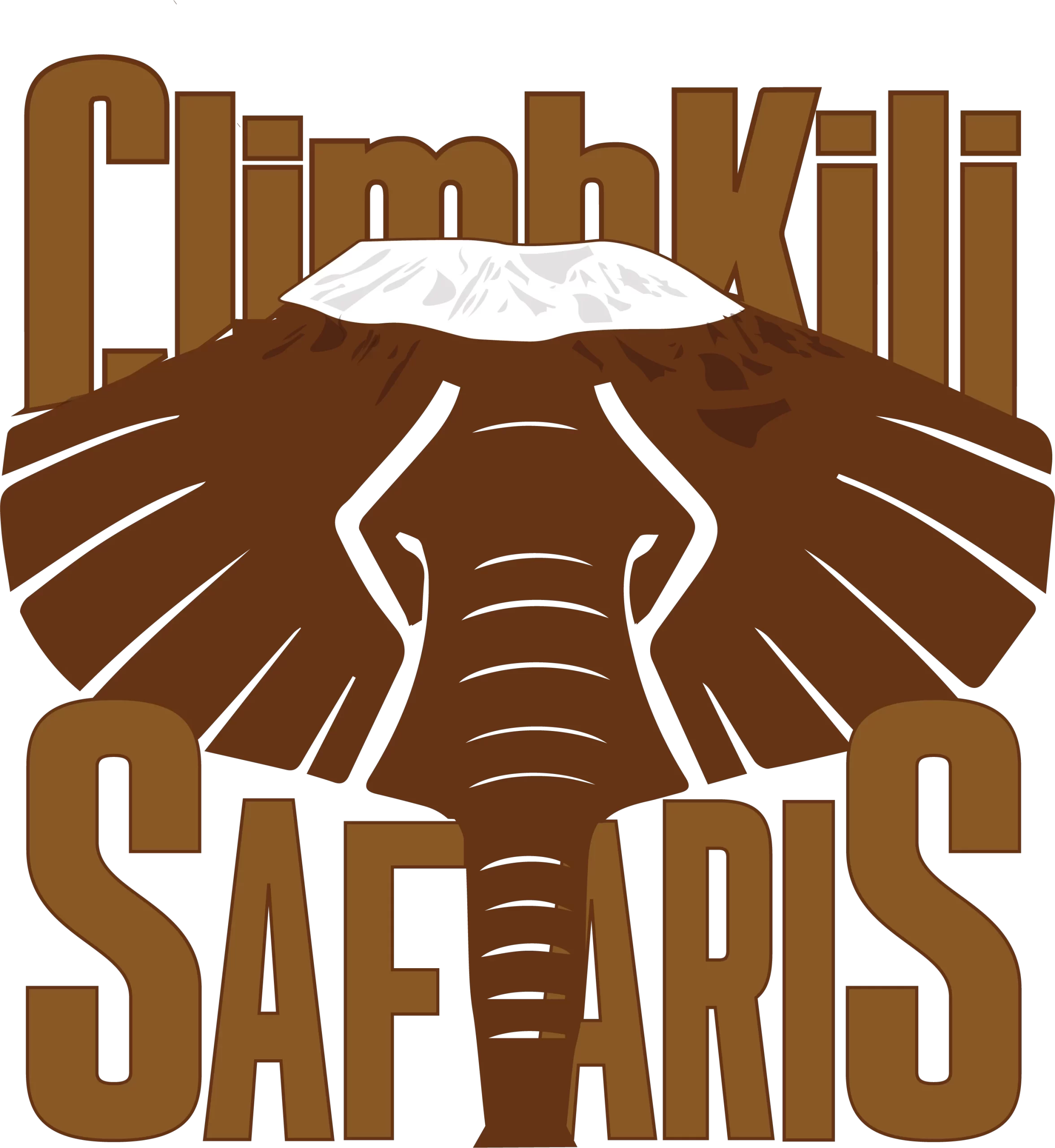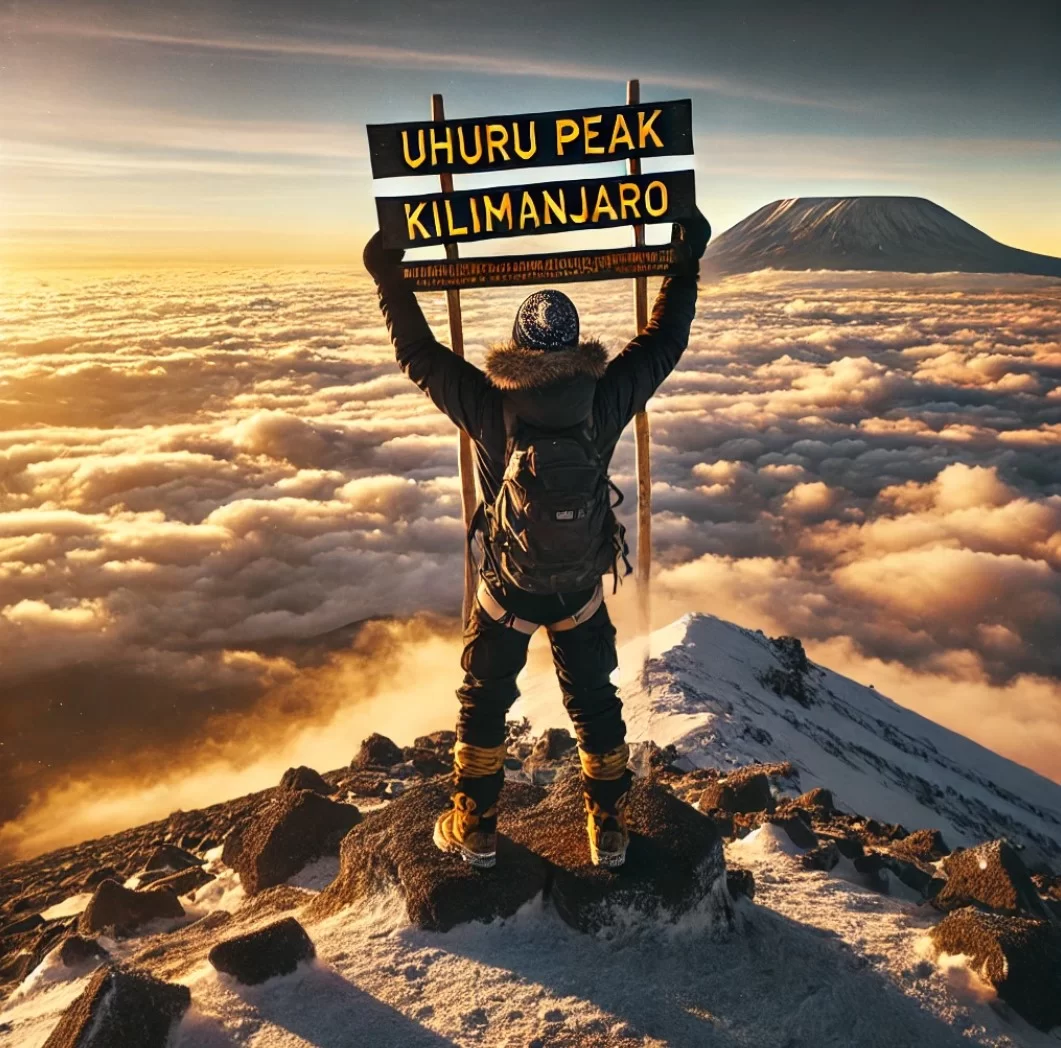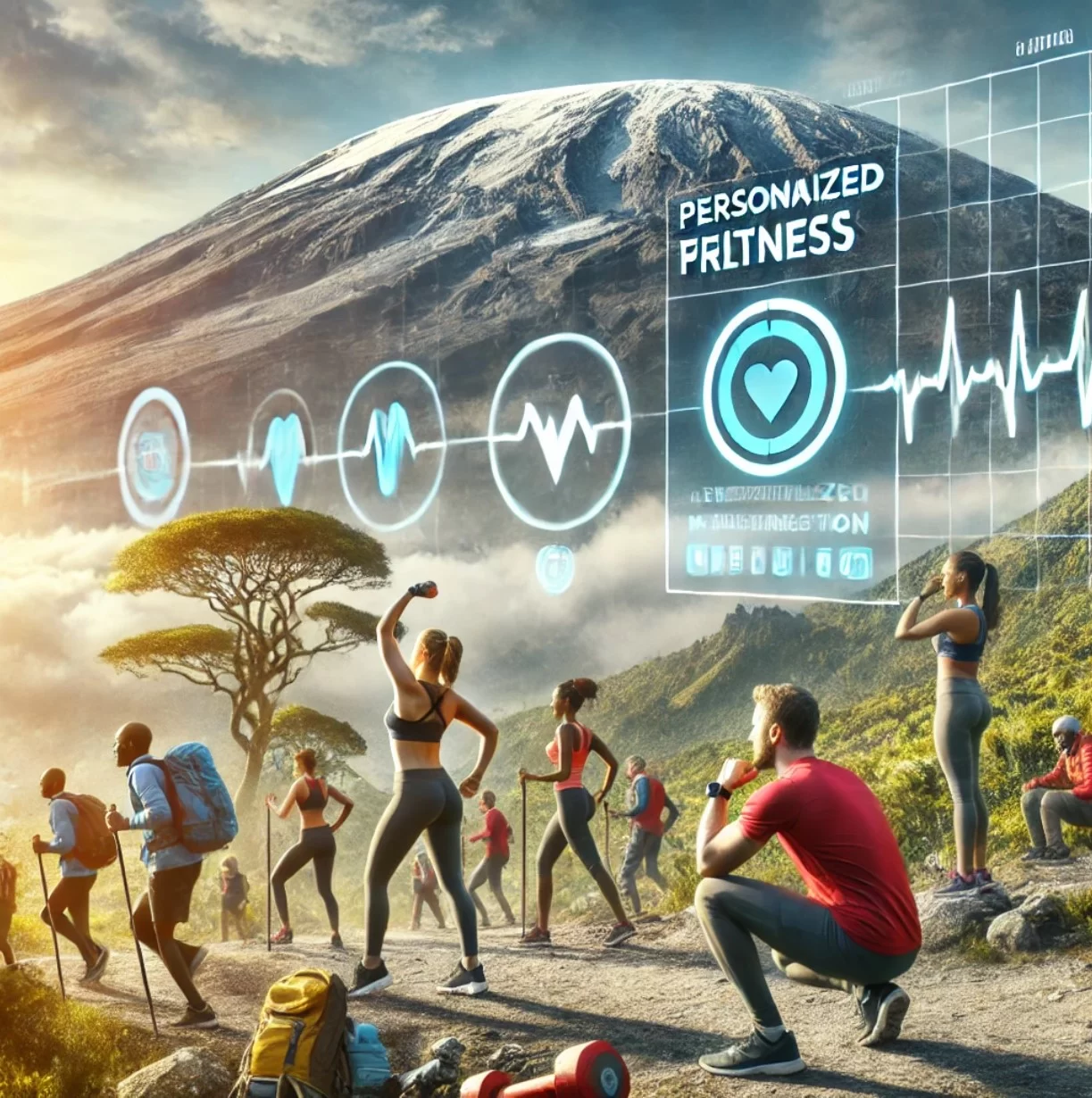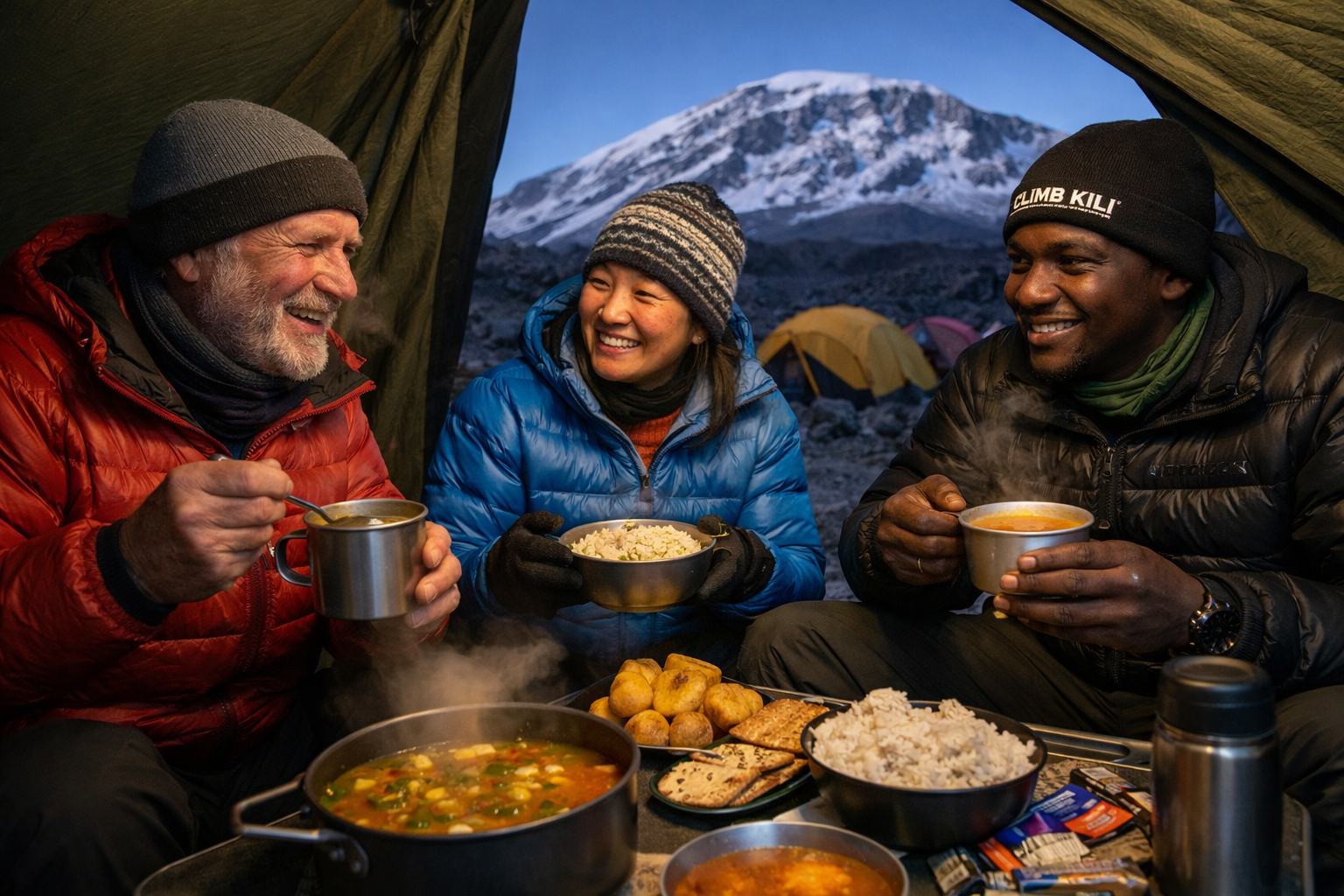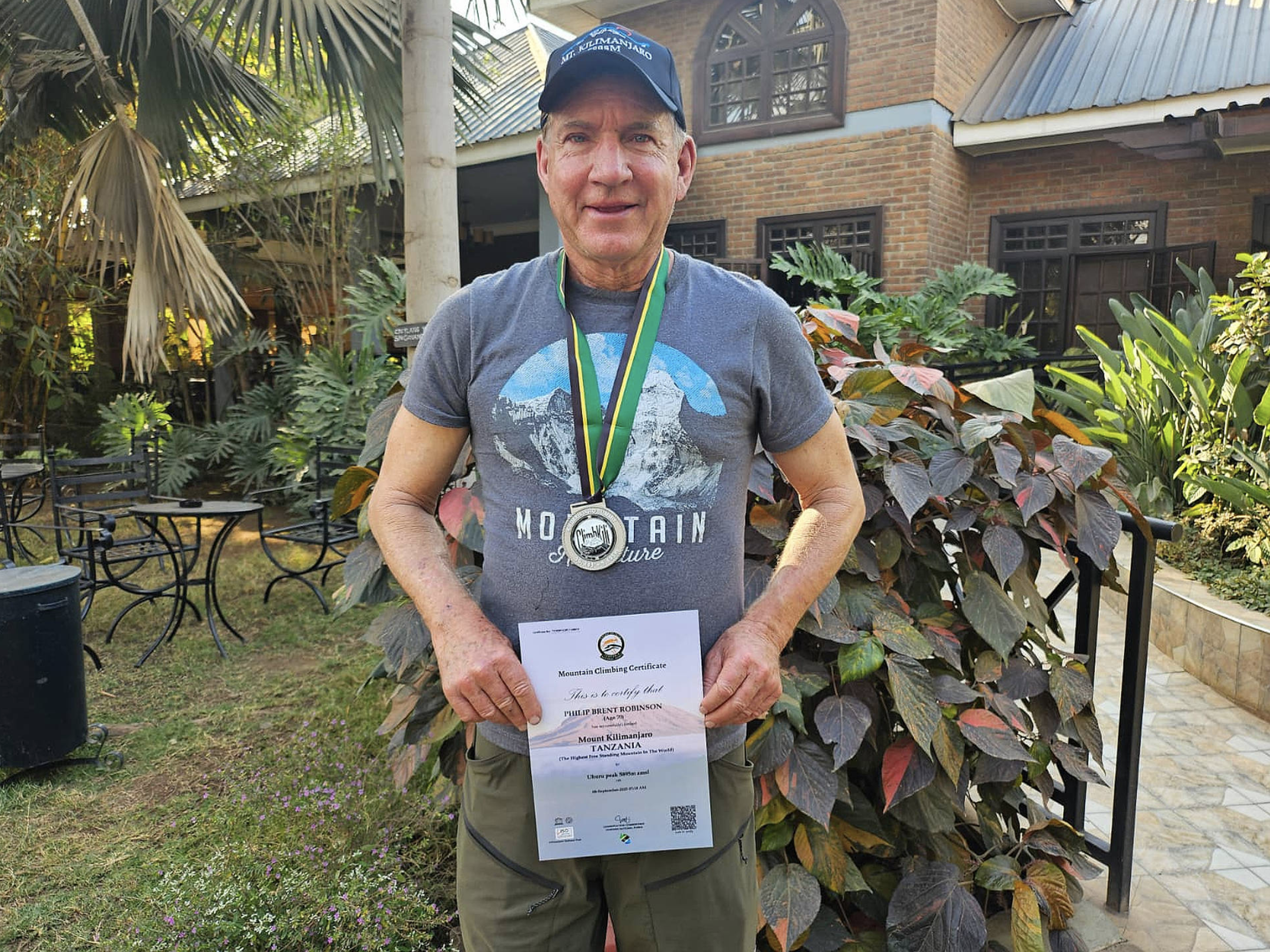Are you ready to climb Kilimanjaro in 2025? For beginners aiming to summit Africa’s tallest peak, embarking on this journey can be as thrilling as it is challenging. From understanding what lies ahead to preparing both physically and mentally, this guide will help you set realistic expectations for a successful climb in the upcoming year.
Understanding Kilimanjaro: Routes, Altitude, and Timing
Mount Kilimanjaro, at 5,895 meters, offers six main trekking routes, each with unique scenery, challenges, and durations. The most popular routes are Machame, Lemosho:
- Machame Route is known as the “Whiskey Route” for its scenic but challenging nature.
- Lemosho Route offers a gradual ascent and high success rates, making it ideal for beginners.
Altitude poses a significant challenge on Kilimanjaro. Symptoms of altitude sickness can appear as you ascend, but gradual acclimatization over 6-9 days can improve your chances of reaching the summit. Opting for longer routes, like Lemosho, is often recommended for beginners.
Training for Kilimanjaro: How to Prepare Physically
While Kilimanjaro doesn’t require technical climbing skills, stamina and endurance are essential. Training should ideally start at least three months before your trek:
- Build Cardiovascular Endurance – Regular cardio sessions (e.g., hiking, cycling) will condition your lungs and legs.
- Strengthen Your Core and Legs – Squats, lunges, and core workouts will build the muscular endurance needed for steep ascents.
- Practice Hikes at Altitude – If possible, train on mountains with a high elevation to simulate Kilimanjaro’s terrain.
Consistency in training is key. Walking long distances, carrying a daypack, and increasing your stamina will prepare you for this challenging trek.
Essential Gear for a Beginner
Kilimanjaro’s climate zones range from rainforest to arctic-like conditions at the summit. Packing the right gear will make your climb more comfortable and safer:
- Clothing Layers – Include moisture-wicking base layers, insulating mid-layers, and a waterproof outer layer.
- Quality Hiking Boots – Comfortable, broken-in boots are a must. Consider boots with good ankle support and waterproofing.
- Daypack Essentials – Pack items like water, snacks, sunscreen, and trekking poles in your daypack for easy access.
- Sleeping Bag – Nights on the mountain are cold, so bring a sleeping bag rated for sub-zero temperatures.
- Hydration System – A water bladder or bottle to carry 2-3 liters of water is vital for staying hydrated.
Climb Kili provides all climbers with a comprehensive packing list to ensure you’re equipped with everything necessary for a smooth experience.
What to Expect Each Day on the Mountain
Your Kilimanjaro adventure begins early each morning, where you’ll trek between 4-7 hours depending on the route and day. With each day, you’ll notice a shift in terrain and temperature:
- Day 1-2: Start in the lush rainforest, where humidity is high, and wildlife sightings are common.
- Day 3-4: As you climb into the moorland zone, the temperature cools, and the landscape opens up to expansive views.
- Day 5-6: Alpine desert terrain brings arid conditions, dramatic views, and cooler temperatures.
- Summit Day: This is the most demanding day, starting at midnight. You’ll push through freezing temperatures and thin air for a sunrise summit experience.
Most routes allow for plenty of rest breaks, and your guides will encourage you to pace yourself, especially in high-altitude areas.
Common Challenges and How to Overcome Them
Kilimanjaro is physically demanding and mentally taxing, with some of the common challenges being: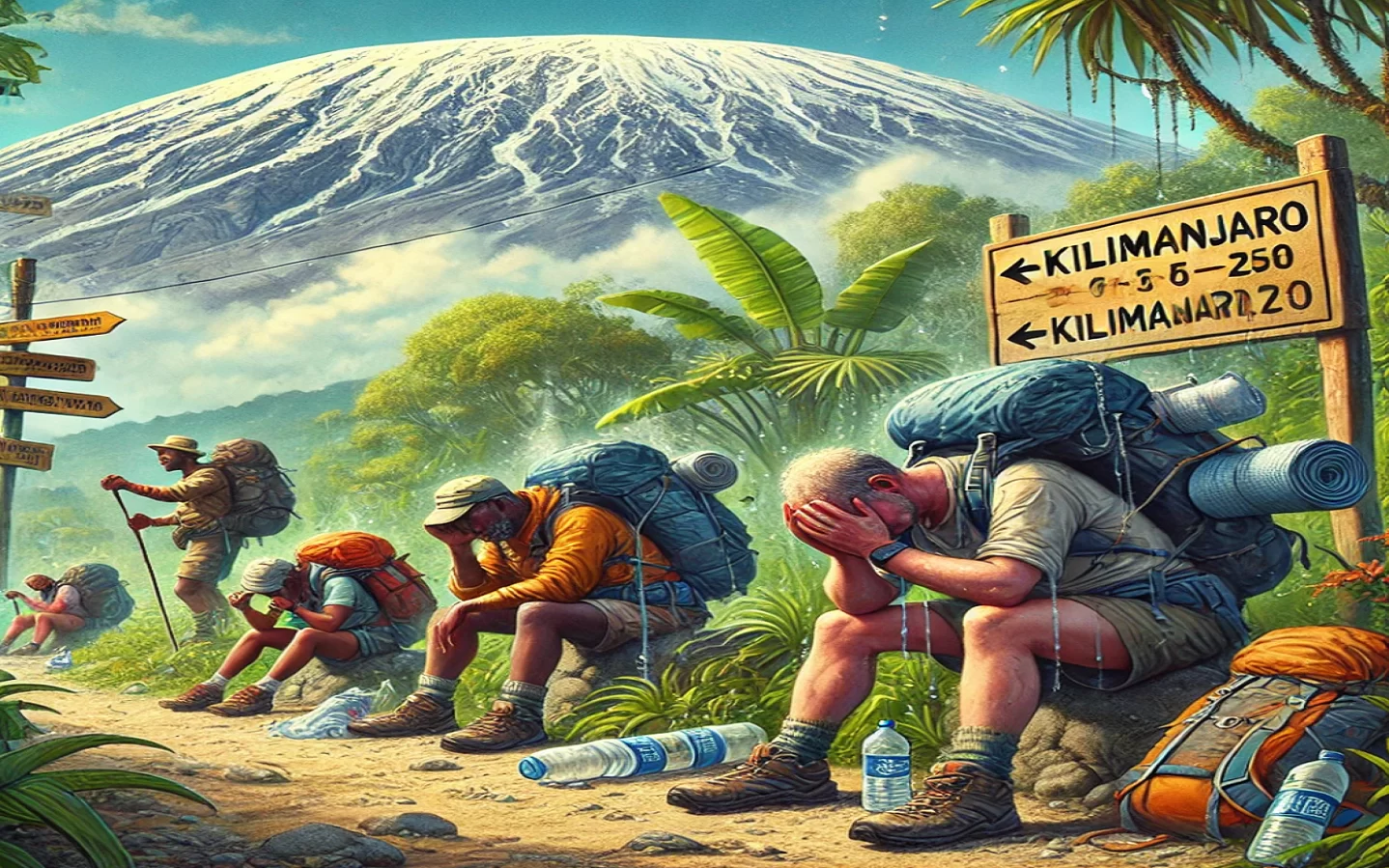
- Altitude Sickness – Symptoms like headaches, nausea, and shortness of breath are common. Hydration, a slow ascent, and listening to your body are key to managing these symptoms.
- Cold Temperatures – Summit temperatures can drop significantly. Insulate yourself with high-quality gear and maintain your body temperature by layering properly.
- Exhaustion – The trek can be tiring, so adequate rest and pacing are essential. Keep a positive mindset and rely on your guides and fellow climbers for support.
Environmental and Cultural Considerations
Kilimanjaro is a UNESCO World Heritage site, home to unique ecosystems and indigenous cultures. Ethical trekking practices are vital:
- Leave No Trace – Follow the principles of leaving no trace by disposing of waste responsibly and respecting the mountain’s natural beauty.
- Support the Local Economy – Engaging with reputable companies that hire local guides and porters, like Climb Kili, ensures ethical practices that uplift the local community.
- Respect Cultural Customs – The Chagga people, who inhabit the Kilimanjaro region, hold deep cultural ties to the mountain. Showing respect and appreciation for their heritage enriches the journey.
Why Climb Kilimanjaro in 2025?
Kilimanjaro remains a bucket-list destination, and 2025 promises excellent conditions for climbers. With sustainable tourism initiatives and advances in gear and trekking methods, the experience is better than ever for beginners. Plus, with reliable outfitters like Climb Kili, you’ll have local expertise and all the support you need for a successful climb.
Let’s Make 2025 Your Year for Adventure!
There’s no adventure like the journey to the Roof of Africa, and it’s waiting for you. Join us in 2025 for an unforgettable climb, supported every step of the way. Ready to start your journey? Explore our trekking packages and secure your spot for this life-changing experience with Climb Kili!
